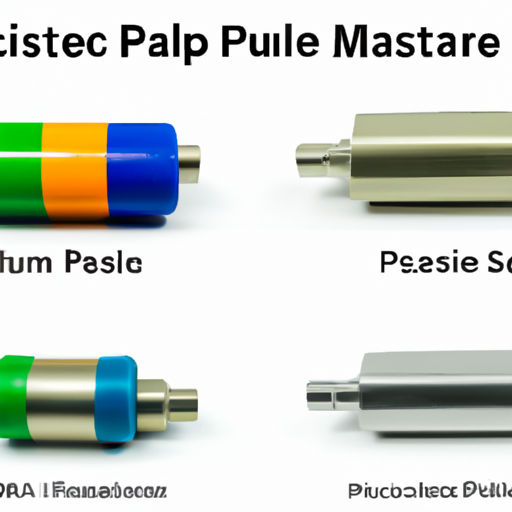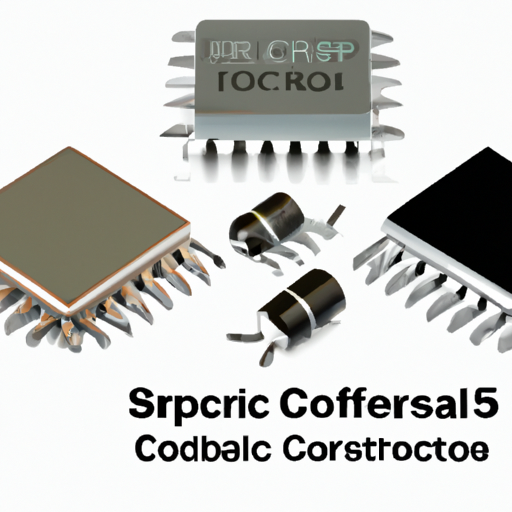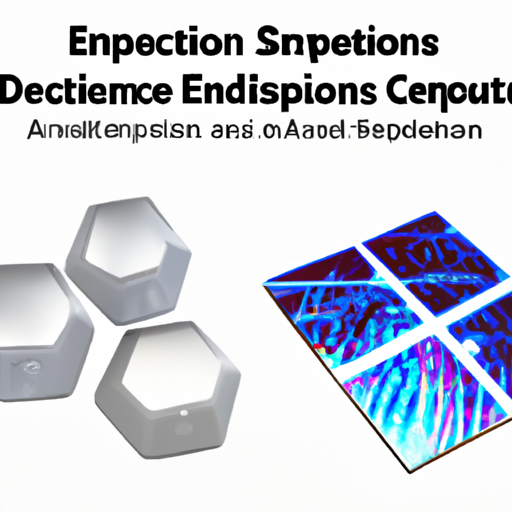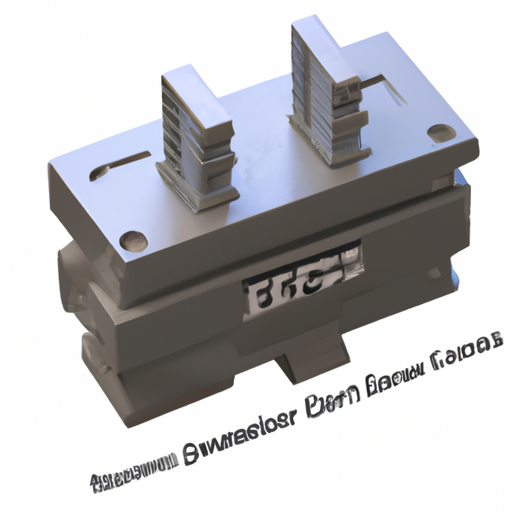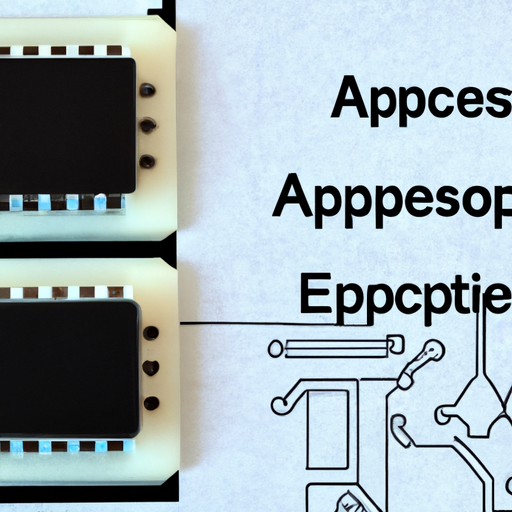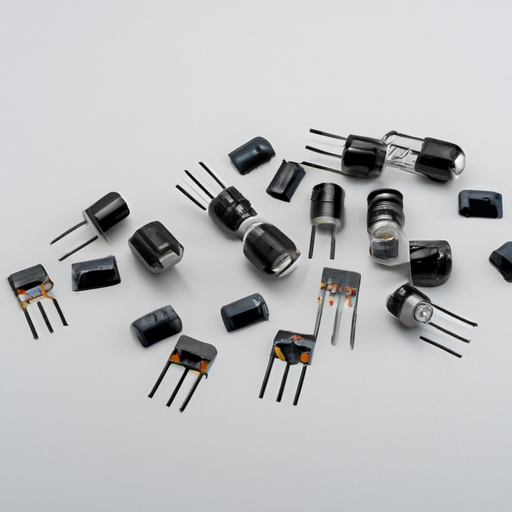What is the comparison difference between mainstream pulse capacitor models?
What is the Comparison Difference Between Mainstream Pulse Capacitor Models?
I. Introduction
A. Definition of Pulse Capacitors
Pulse capacitors are specialized capacitors designed to handle high-energy pulses and rapid charge/discharge cycles. Unlike standard capacitors, which may be optimized for steady-state applications, pulse capacitors are engineered to withstand the demands of high-frequency and high-power applications. They are crucial components in various electronic systems, including power supplies, RF transmitters, and energy storage systems.
B. Importance of Pulse Capacitors in Various Applications
The significance of pulse capacitors cannot be overstated. They play a vital role in applications that require quick energy delivery, such as in medical devices, automotive electronics, and renewable energy systems. Their ability to manage high currents and voltages makes them indispensable in modern electronic designs, where efficiency and reliability are paramount.
C. Purpose of the Comparison
This blog post aims to compare mainstream pulse capacitor models from leading manufacturers, highlighting their specifications, advantages, and disadvantages. By understanding the differences between these models, engineers and designers can make informed decisions when selecting the right capacitor for their specific applications.
II. Overview of Pulse Capacitor Technology
A. Basic Principles of Capacitor Operation
Capacitors store electrical energy in an electric field, created by the separation of positive and negative charges. When a voltage is applied across the capacitor, it charges up to that voltage. The ability to release this stored energy quickly is what makes pulse capacitors unique. They are designed to handle rapid charge and discharge cycles without significant degradation in performance.
B. Types of Pulse Capacitors
1. **Film Capacitors**: These capacitors use a thin plastic film as the dielectric material. They are known for their stability, low ESR, and high voltage ratings, making them suitable for high-frequency applications.
2. **Ceramic Capacitors**: Made from ceramic materials, these capacitors are compact and offer high capacitance values. They are often used in RF applications due to their low losses and high-frequency performance.
3. **Electrolytic Capacitors**: These capacitors use an electrolyte as one of the plates, allowing for higher capacitance values in a smaller package. However, they have higher ESR and are less reliable in high-frequency applications.
4. **Tantalum Capacitors**: Known for their high capacitance and voltage ratings, tantalum capacitors are stable and reliable. They are often used in applications where space is limited, but they can be more expensive than other types.
C. Key Parameters in Pulse Capacitor Performance
1. **Capacitance Value**: The amount of charge a capacitor can store, measured in farads (F). Higher capacitance values are often required for applications that demand quick energy delivery.
2. **Voltage Rating**: The maximum voltage a capacitor can handle without breaking down. Exceeding this rating can lead to catastrophic failure.
3. **Ripple Current Rating**: The maximum AC current a capacitor can handle without overheating. This is crucial for applications with fluctuating currents.
4. **Equivalent Series Resistance (ESR)**: A measure of the resistance a capacitor presents to AC signals. Lower ESR values are preferred for high-frequency applications as they reduce energy losses.
5. **Lifetime and Reliability**: The expected operational lifespan of a capacitor, which can be affected by temperature, voltage, and ripple current.
III. Mainstream Pulse Capacitor Models
A. Overview of Leading Manufacturers
1. **Vishay**: A well-known manufacturer of electronic components, Vishay offers a wide range of pulse capacitors suitable for various applications.
2. **KEMET**: KEMET specializes in capacitors and has a strong reputation for quality and innovation in the capacitor market.
3. **Panasonic**: A global leader in electronics, Panasonic produces a variety of capacitors, including those designed for high-performance applications.
4. **Nichicon**: Known for their electrolytic capacitors, Nichicon also offers a range of pulse capacitors that are reliable and efficient.
5. **Cornell Dubilier**: This manufacturer is recognized for its high-quality capacitors, particularly in the industrial and automotive sectors.
B. Comparison of Specific Models
1. Vishay 1812 Series
Specifications: Capacitance values range from 0.1 µF to 10 µF, voltage ratings up to 1000V.
Applications: Suitable for power supplies, RF applications, and energy storage.
Advantages and Disadvantages: Offers low ESR and high reliability; however, it may be bulkier compared to other types.
2. KEMET A700 Series
Specifications: Capacitance values from 0.1 µF to 10 µF, voltage ratings up to 630V.
Applications: Ideal for automotive and industrial applications.
Advantages and Disadvantages: High ripple current handling; however, it may have a shorter lifespan under extreme conditions.
3. Panasonic ECW Series
Specifications: Capacitance values from 0.1 µF to 10 µF, voltage ratings up to 630V.
Applications: Commonly used in consumer electronics and power supplies.
Advantages and Disadvantages: Excellent thermal stability; however, it may not handle high ripple currents as effectively as others.
4. Nichicon PL Series
Specifications: Capacitance values from 1 µF to 100 µF, voltage ratings up to 450V.
Applications: Suitable for audio equipment and power amplifiers.
Advantages and Disadvantages: Good performance in audio applications; however, it may have higher ESR compared to film capacitors.
5. Cornell Dubilier 940C Series
Specifications: Capacitance values from 0.1 µF to 10 µF, voltage ratings up to 1000V.
Applications: Used in industrial and renewable energy applications.
Advantages and Disadvantages: High reliability and performance; however, it may be more expensive than other options.
IV. Performance Comparison
A. Capacitance and Voltage Ratings
When comparing capacitance and voltage ratings, the Vishay 1812 Series and Cornell Dubilier 940C Series stand out for their high voltage ratings, making them suitable for demanding applications. KEMET's A700 Series also offers competitive capacitance values, particularly for automotive applications.
B. Ripple Current Handling
In terms of ripple current handling, the KEMET A700 Series excels, making it ideal for applications with fluctuating currents. The Vishay 1812 Series also performs well, while the Panasonic ECW Series may struggle under high ripple conditions.
C. ESR and Its Impact on Performance
Lower ESR values are crucial for high-frequency applications. The Vishay 1812 Series and KEMET A700 Series offer low ESR, enhancing their performance in rapid charge/discharge scenarios. In contrast, Nichicon's PL Series may have higher ESR, which could limit its effectiveness in certain applications.
D. Thermal Stability and Operating Temperature Range
Thermal stability is essential for reliability. The Panasonic ECW Series is known for its excellent thermal stability, making it suitable for high-temperature environments. The KEMET A700 Series also performs well, but may not match Panasonic's thermal performance.
E. Lifetime and Reliability Factors
Lifetime and reliability are critical considerations. The Cornell Dubilier 940C Series is recognized for its durability, while Vishay's 1812 Series also boasts a long operational lifespan. KEMET's A700 Series, while reliable, may have a shorter lifespan under extreme conditions.
V. Application-Specific Considerations
A. High-Power Applications
For high-power applications, the Vishay 1812 Series and Cornell Dubilier 940C Series are recommended due to their high voltage ratings and reliability.
B. Consumer Electronics
In consumer electronics, the Panasonic ECW Series and Nichicon PL Series are popular choices, offering good performance and thermal stability.
C. Industrial Equipment
For industrial applications, the KEMET A700 Series and Cornell Dubilier 940C Series are ideal due to their high ripple current handling and reliability.
D. Automotive Applications
In automotive applications, the KEMET A700 Series is favored for its robustness and ability to handle fluctuating currents.
E. Renewable Energy Systems
For renewable energy systems, the Vishay 1812 Series and Cornell Dubilier 940C Series are excellent choices, providing the necessary voltage ratings and reliability.
VI. Conclusion
A. Summary of Key Findings
In summary, the comparison of mainstream pulse capacitor models reveals significant differences in specifications, performance, and suitability for various applications. Each model has its strengths and weaknesses, making it essential to consider the specific requirements of the application when selecting a capacitor.
B. Recommendations for Selecting Pulse Capacitors
When selecting pulse capacitors, engineers should prioritize key parameters such as capacitance, voltage rating, ripple current handling, and ESR. Understanding the application requirements will guide the selection process.
C. Future Trends in Pulse Capacitor Technology
As technology advances, we can expect improvements in capacitor materials and designs, leading to higher performance, smaller sizes, and greater reliability. Innovations in manufacturing processes may also reduce costs, making high-performance pulse capacitors more accessible.
VII. References
A. Academic Journals
- Various articles on capacitor technology and applications.
B. Manufacturer Datasheets
- Datasheets from Vishay, KEMET, Panasonic, Nichicon, and Cornell Dubilier.
C. Industry Reports
- Reports on trends and advancements in capacitor technology.
D. Online Resources and Articles
- Articles discussing the latest developments in pulse capacitor technology and applications.
This comprehensive analysis of mainstream pulse capacitor models provides valuable insights for engineers and designers, helping them make informed decisions in their projects.

